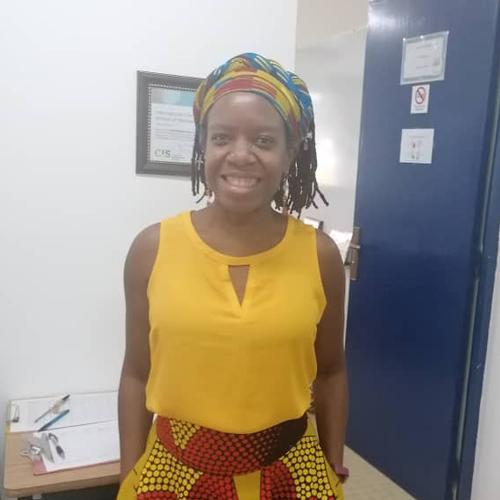
Most international schools have a child protection policy and there is an annual staff training on the different types of abuse, how to report cases and the expectations for how we interact with students. However, prior to 2014 when I chose to conduct lessons for my Grades 11 and 12 students, these types of lessons for students were not mandated.
The purpose of the lessons is to make sure that students fully understand the definition and parameters of consent. I want them to consider what it means to give and ask for consent and ultimately change the way they behave and interact. I also want to normalize the practice of asking for consent and the understanding that it must be given to them, it cannot be assumed. I also use various videos to illustrate these objectives and encourage conversation by asking them what is going on in the video or what is the message the video is trying to portray.
I start by giving them the definition of consent and then we discuss the following statements:
consent must be asked for or given
the response must be verbal
the absence of a no or silence is not a yes
consent can be taken away
no is not an invitation to persuade anyone to yes
For many of my students it is the first time they have heard consent described and broken down in this way. After we discuss these statements I introduce the definition of coercion and how it is the opposite of getting consent because it is an example of the last statement. We discuss why it is not okay to try to change someone’s mind once they have said no and that if there is no answer or silence to a question they should take that as no.
Their initial response is that it is awkward to ask for consent to do simple things like hug or touch or kiss someone because there are non verbal ways to give permission. So I ask how do you know this person wants to be hugged or doesn’t mind being touched on their knee or back? The most popular response is they don’t move away or they will lean into it.
I challenge them by reminding them that non verbal cues can be misread and misunderstood and to be certain that consent has been given, a verbal response is the best way.
To their comments that it is awkward to ask for consent, I tell them that this weirdness will lessen as it becomes a regular practice. I tell them that asking, “Do you like to be hugged?” or “Is it okay if I hug you?” doesn’t have to be awkward and it allows the other person to feel respected.
When I ask if they would speak up if someone stands too close to them or leans into them they often say no, that they would just move away instead so as not to cause a scene. My goal at this point in the lesson is to help them understand that they should feel comfortable saying, “No, I don’t want to,” “Don’t do that,” or “Stop” at any time. We discuss the importance of speaking up when their boundaries have been breached, even if it feels uncomfortable.
When we move on to the part of consent that says it can be taken away at any point, initially students are surprised and confused. Society has trained many of us that if we start something we must go through with it. They have not been told very often that they have the right to change their minds and remove consent if they don’t want to continue with an activity.
It is essential that both girls and boys understand that the taking away of consent can happen and should be respected. It is also important that they understand the difference between flirting and sexual harassment so that they don’t commit an offense.
It is great when you see them have "aha!" moments, where they have learned something new and plan to apply it. I enjoy the questions that come up as we engage in these discussions, like, how do they protect themselves from false accusations? Here I stress the importance of having conversations with each other to agree on what will take place. I answer all their questions honestly and we discuss different scenarios because I want them to know the appropriate way to respond when they are in these situations.
As we have these conversations throughout this year, my hope is that they continue to come to new understandings, that they continue to reexamine the way they interact with each other, the way they flirt and give compliments. I hope that they will speak up when they feel uncomfortable, to put a stop to a comment or behavior.
I ask them to continue these conversations in their smaller friend groups outside of school for greater impact. I believe that if we give young people the tools and the knowledge to reconsider what they already know and believe, then changed behavior will follow.
Hopefully this new awareness of what consent means can help to decrease the instances of sexual harassment in school and within their friend groups. I encourage all counselors to start having conversations about consent with their students, however each school allows it to happen, because it is never too early to help them understand the need for consent.
Cheryl-Ann Weekes is the high school Counselor at the International Community School of Abidjan in Cote d’Ivoire. This is her 10th year working in international schools. She has quotes by her favorite author Maya Angelou on her bulletin board, which she uses to teach students about positive self talk.